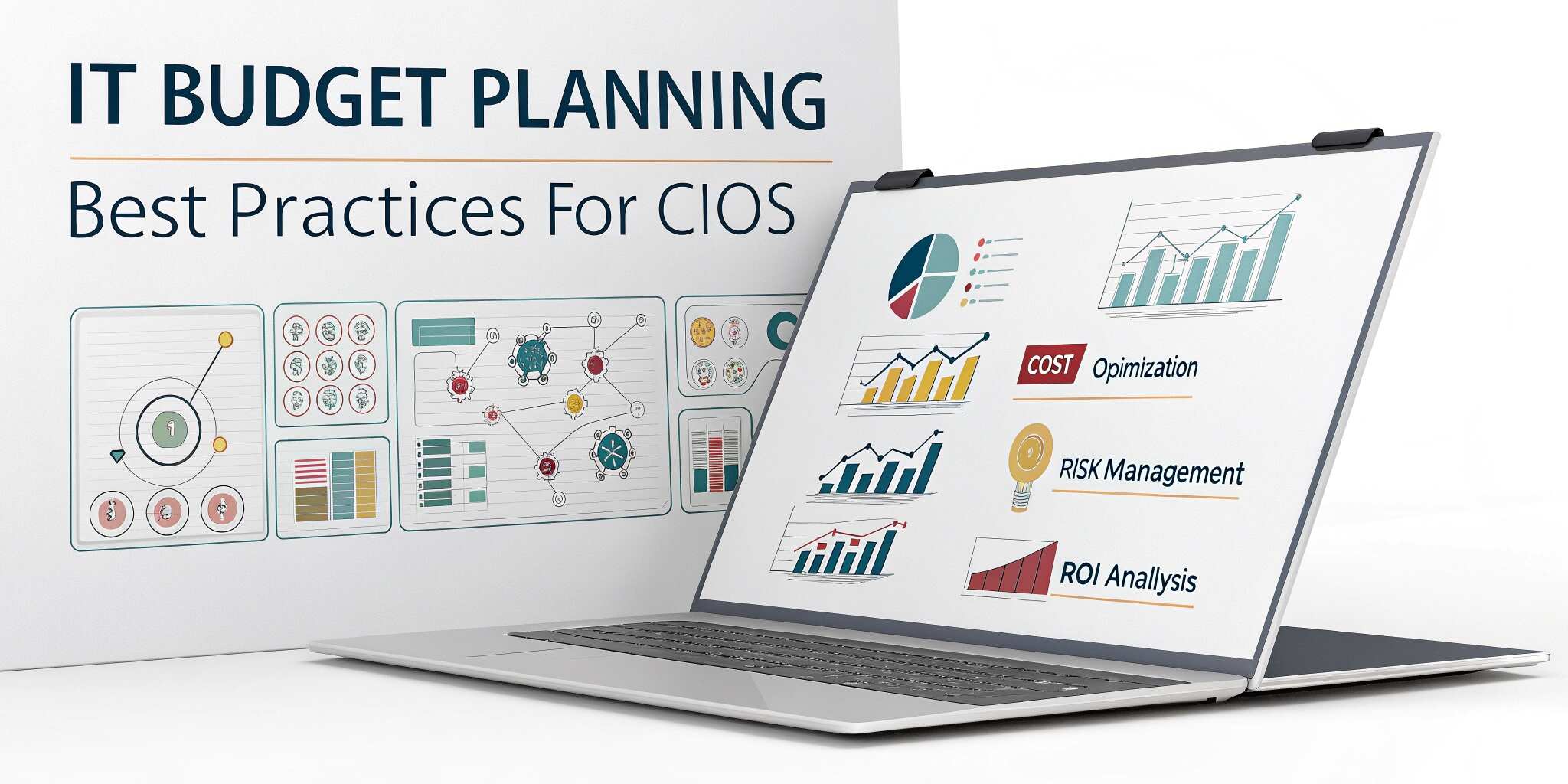For today’s Chief Information Officers (CIOs), IT budget planning goes far beyond simple number crunching. It’s a strategic process that directly impacts innovation, security, and digital growth. With rapid technological evolution and growing demand for agile systems, IT budgeting has become a crucial driver of competitive advantage.
Why IT Budget Planning Matters
A well-structured IT budget:
- Aligns IT initiatives with organizational goals
- Optimizes costs while ensuring scalability
- Reduces risk by forecasting cybersecurity, compliance, and infrastructure needs
- Facilitates digital transformation
For CIOs, the ability to allocate IT funds effectively can define the organization's tech agility and resilience.
Top Best Practices for IT Budget Planning
1. Align Budget with Business Objectives
Successful CIOs collaborate closely with business leaders to ensure IT investments support overarching business goals—whether it’s improving customer experience, increasing operational efficiency, or enabling new revenue streams.
2. Adopt a Strategic, Not Reactive Approach
Avoid budgeting purely based on last year’s figures. Instead, anticipate future needs, emerging technologies, and potential disruptions. Include plans for innovation like AI, cloud expansion, or cybersecurity upgrades.
3. Prioritize Cybersecurity and Compliance
Security risks are increasing, and regulations are tightening. Allocate a significant portion of your budget to strengthen cybersecurity, ensure compliance, and enable proactive threat detection.
4. Invest in Scalable and Cloud-Based Solutions
Shift toward SaaS, PaaS, and IaaS solutions that scale with demand. This not only saves costs long-term but also provides flexibility in adapting to new tools or workloads.
5. Build a Transparent Budget Model
CIOs should foster cross-departmental transparency by clearly mapping each IT expense to business value. This builds stakeholder confidence and helps justify budget requests.
6. Leave Room for Innovation
Set aside a portion of the budget for experimentation with emerging technologies such as AI, machine learning, or IoT. These innovations can lead to significant strategic advantages.
7. Regularly Review and Adjust
Treat your budget as a living document. Revisit and revise it quarterly based on new developments, market changes, or shifts in strategic focus.
Common Pitfalls to Avoid
- Ignoring hidden costs (e.g., maintenance, licensing, integration)
- Failing to quantify ROI on IT projects
- Underestimating security needs
- Lack of collaboration with other departments
CIO Checklist for IT Budget Planning
- Is each tech investment tied to a clear business objective?
- Is there adequate funding for cybersecurity?
- Are cloud and scalable solutions part of the strategy?
- Is there a buffer for innovation and emergencies?
- Is budget performance reviewed periodically?
Conclusion
Effective IT budget planning is a strategic imperative for modern CIOs. It requires balancing cost control with innovation, aligning with business objectives, and staying agile in a fast-changing tech landscape. With the right planning and execution, CIOs can transform IT from a cost center to a strategic growth enabler.


